
Menu labelling means providing nutrition information on the menu or menu board in restaurants and foodservice establishments.
It is common to underestimate the amount of calories and sodium in restaurant meals. You may be surprised at the levels of calories and sodium in some dishes that seem “healthy.” Calorie and sodium levels vary widely from restaurant to restaurant and there’s no way to know what you’re getting unless you have nutrition information.
Many restaurant chains already provide nutrition information to customers who ask for it. This is a good first step but very few people ask to see nutrition information.
A University of Toronto study on sodium and calories at popular chain restaurants in Canada showed the following results:
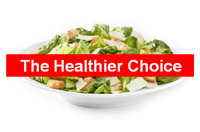
470 calories |
vs | 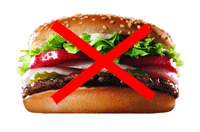
700 calories |
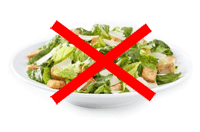
500 calories |
vs | 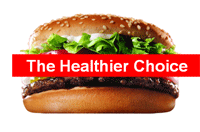
538 calories |
The amount of calories and sodium varies widely from restaurant to restaurant because:
These examples show that restaurant dishes that seem similar can have very different nutritional profiles.

Spaghetti Bolognese (meat sauce) |
vs | 
Spaghetti and Meat Balls |
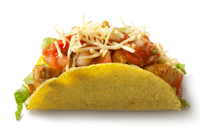
Chicken Tacos appetizer |
vs | 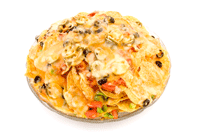
Nachos appetizer |
From 2013 to 2018, Toronto Public Health helped spread the word on the importance of having clear, readily available nutrition information on restaurant menus and helping consumers understand how to make healthier restaurant selections.
We conducted a pilot project with small, independent restaurants in Toronto. Public Health Dietitians supported restaurant owner/operators to analyze their menus in order to provide clear nutrition information to their customers, right on the menu. Based on the pilot project findings, we are considering new initiatives to support this part of the restaurant industry. Stay tuned for new information on our website.
We have been a strong voice promoting legislation to make menu labelling a requirement for larger chain restaurants.
For more information, see: